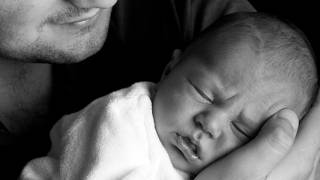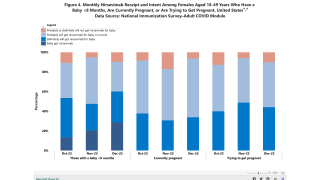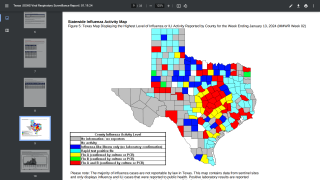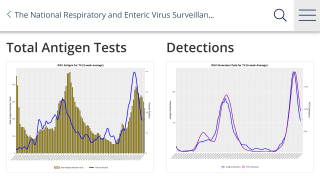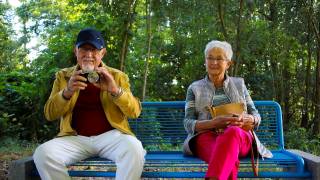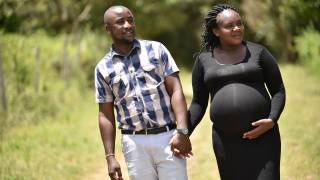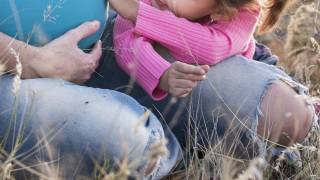Longhorn & NIH Leading Innovative RSV Vaccine Study
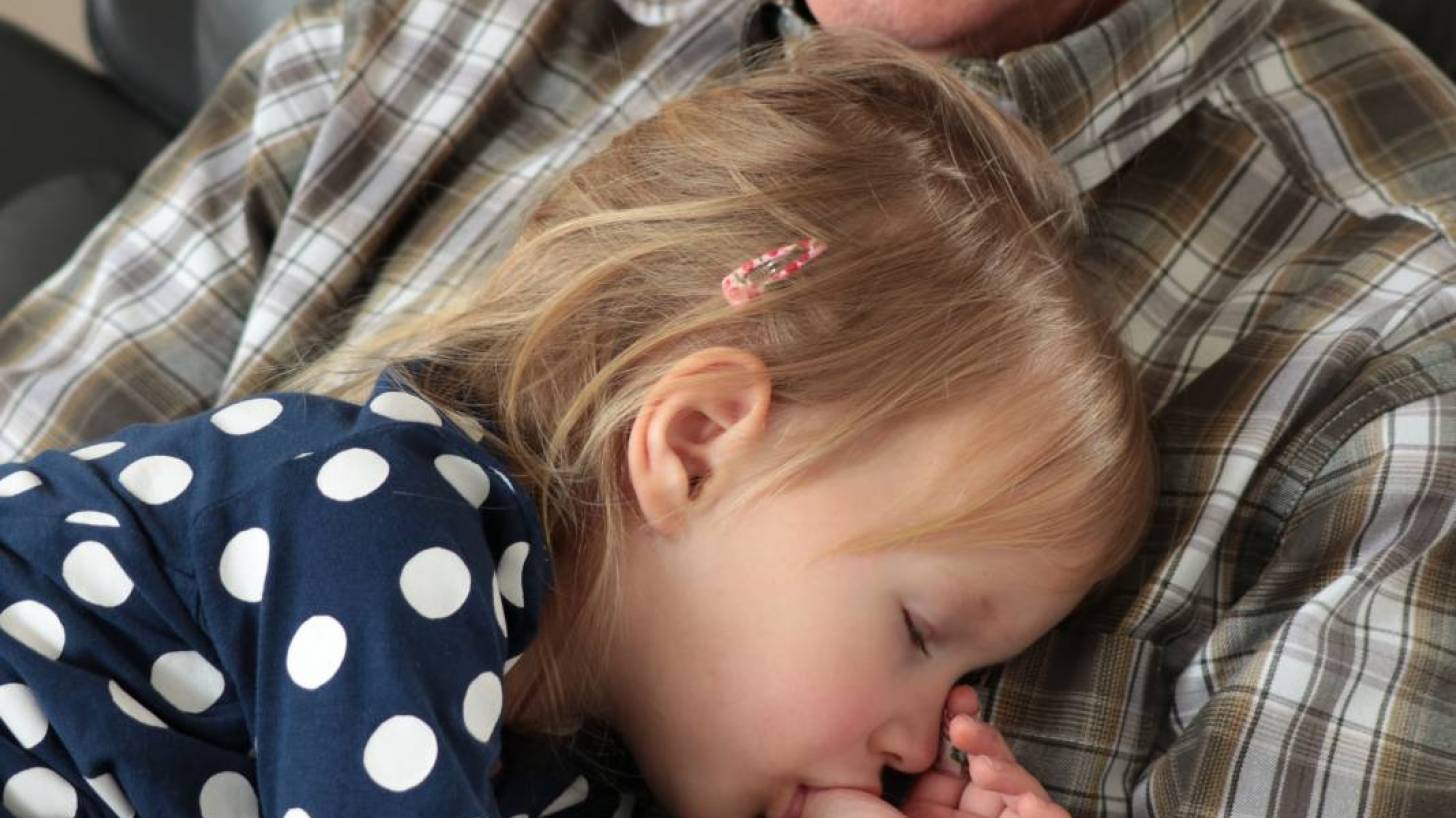
According to a University of Texas (UT) at Austin announcement, an experimental vaccine against the Respiratory Syncytial Virus (RSV) has shown early promise in a Phase 1 clinical study.
A team of researchers, including UT Austin’s associate professor Jason McLellan, Ph.D., reported on August 1, 2019, that an interim analysis showed that 1-dose of the DS-Cav1 (VRC317) vaccine candidate elicited large increases in RSV-neutralizing antibodies that were sustained for several months.
This is good news since there is not a commercially available preventive vaccine nor antivirals for treating patients with RSV.
These researchers found that the DS-Cav1 vaccine candidate elicits a greater than 10-fold increase in RSV-neutralizing antibodies, compared with the number of antibodies a person produces naturally from RSV exposure earlier in life.
This new report data is from the first 40 healthy adult volunteers enrolled in the trial, which began at the National Institutes of Health (NIH) Clinical Center in 2017.
Scientists have tried to create an RSV vaccine for more than 50 years. But, Dr. McLellan and his colleagues took a new, innovative approach, called ‘structure-based vaccine design.’
It was already known that a certain part of RSV, called the F protein, triggers the human immune system to produce antibodies. But the F protein is a shapeshifter — before it infects a cell, it takes one shape and then during infection, it shifts to a second shape.
If the immune system encounters an RSV virus with the F protein in the first shape, it makes potent antibodies.
But if the protein is in the second shape, fewer antibodies are elicited, and they are not very effective.
Producing RSV vaccines using traditional methods usually leads to F proteins in the second shape and poor antibody response.
This is where the ‘structure-based approach’ comes in.
First, the researchers used a technique called X-ray crystallography to determine the atomic-level structure of the F protein in the first shape. Next, they re-engineered the F protein to take away its shape-shifting ability, locking it in the shape that elicits the best antibodies.
In 2013, these researchers tested several versions as a vaccine in both mice and nonhuman primates. These protein variants elicited high-levels of neutralizing antibodies and protected the animals against RSV infection.
“Our first time testing these stabilized molecules in animals, the response was 10-fold higher than anything anyone had ever seen before,” Dr. McLellan said in a press release.
“And at that point, we’re thinking, ‘This is it. We’ve got it.’ That was exciting.”
The most promising of these vaccine candidates, DS-Cav1, was selected for clinical evaluation and subsequently manufactured by the National Institute of Allergy and Infectious Diseases (NIAID) Vaccine Research Center (VRC).
The results are promising, but Dr. McLellan is careful to put them in perspective.
“The Phase 1 study just asks: Is it (vaccine) safe and is it eliciting the types of antibodies and response that we were hoping to see?” he said. “It still needs to go through Phase 2 and Phase 3, looking at efficacy such as, is it reducing the severity of the disease, or is it reducing hospitalizations?”
Dr. McLellan says, “If it works reasonably well and we prevent 70 to 80 percent of all deaths, just think of all the little infants and toddlers we’d save.”
“There aren’t that many vaccines in the world, and so if we’re able to actually participate in making one that works and saves lives, that would be awesome,” said Dr. McLellan.
RSV news
- ResVax Vaccine Continues to the RSV Finish Line
- Insights for Developing RSV Vaccines
- Intranasal RSV Vaccine Candidate Generated Durable Immune Response
- When Are Infants Most Vulnerable to Asthma?
RSV is very dangerous to the very young and the very old, causing pneumonia, bronchiolitis and other lower respiratory tract diseases, says the Centers for Disease Control and Prevention (CDC).
Furthermore, almost all children will have had an RSV infection by their second birthday.
Most RSV infections go away on their own in a week or two. People can manage the related fever and pain with over-the-counter fever reducers and pain relievers, such as acetaminophen or ibuprofen.
Healthy infants and adults infected with RSV do not usually need to be hospitalized. But, every year, millions of people become sickened by RSV, causing more than 100,000 fatalities worldwide, says the CDC.
Final results of this phase 1 trial are expected in 2020.
Barney Graham and Peter Kwong of the NIH’s National Institute of Allergy and Infectious Diseases’ Vaccine Research Center (VRC), along with Dr. McLellan, spearheaded the development of the vaccine candidate DS-Cav1.
The University of Texas at Austin is committed to transparency and disclosure of all potential conflicts of interest. The university investigator involved in this research, Jason McLellan, has submitted required financial disclosure forms with the university. McLellan is an inventor on several patent applications related to this research filed by the National Institutes of Health, from which he is receiving royalties.
Our Trust Standards: Medical Advisory Committee
- A proof of concept for structure-based vaccine design targeting RSV in humans
- Dose, Safety, Tolerability and Immunogenicity of a Stabilized Prefusion RSV F Subunit Protein Vaccine DS-Cav1,Alone or With Alum
- Experimental Vaccine Against Respiratory Syncytial Virus (RSV) Elicits Strong Immune Response
- Experimental respiratory syncytial virus vaccine prompts antibody surge
- CDC: Respiratory Syncytial Virus Infection (RSV) Symtoms and Care









